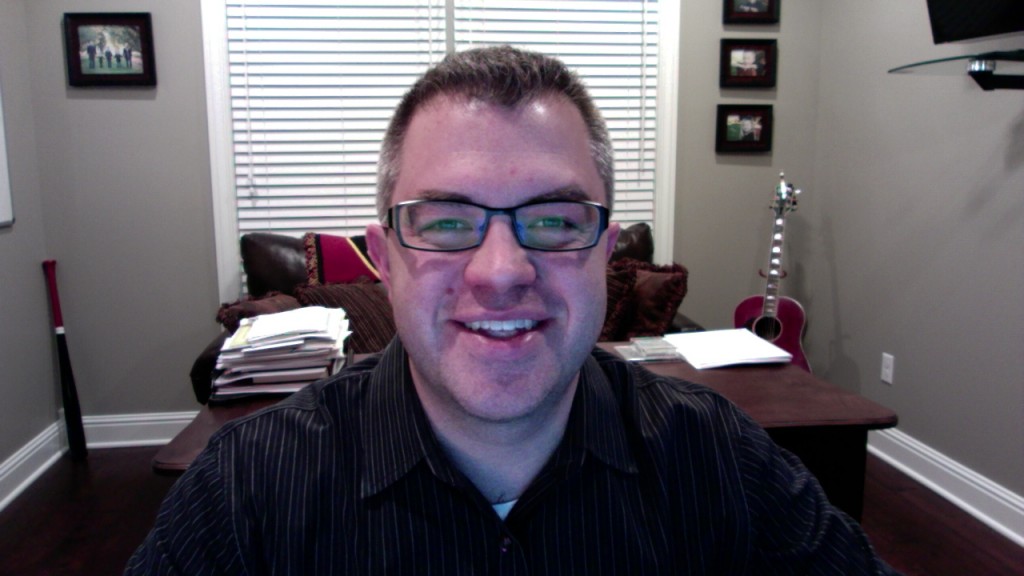The Clarity Series is a series of posts all on one subject. This particular subject is prospecting. While the context is commercial real estate, these steps and principles can be applied to any sales. To read the introduction of this series, click here. To read an overview of the entire prospecting system, click here. Thank you for reading!
So far in this series, we have discussed what it means to choose a farm area or geography. We also discussed the value of specializing. The next step in implementing a killer prospecting system is to build your database.
In 2004, I got out of the Marine Corps and moved home with my family. The next day, I started working with my dad in his CRE brokerage business. As we would be driving around town, he would share with me the histories of the properties we drove by. He knew everything. He knew who owned the property. He could tell me what they paid for it. He could tell me how big they were. We would pass some properties he had sold multiple times. He defined encyclopedic knowledge of a market. I remember thinking that I would never get there.
Building a world-class database is how you get there. And you can do it in months.
Your purpose in building a killer database is two-fold. First, you want to personify the kind of encyclopedic market knowledge like my dad has. Second, your database is your road map – your foundation – to consistently finding and winning business through prospecting.
Here is how you do it!
5 Steps to Building Your Database
- Be crystal clear about your geography and your specialty – This guides you in finding the properties and owners that you will be prospecting on. My database was built on dollar stores in Kentucky. You are shooting for 400 – 600 properties. Does your market have 1,300 multifamily properties? How many does it have with 100 – 250 units? Get it down to 400 – 600.
- Choose a CRM to hold and manage your database – There are many to choose from. You can go the traditional desktop based direction with ACT!, REA9, RealHound, or others. I chose to go the cloud-based route and used ClientLook. If you’d like to read more about why, click here. If you are using Outlook to manage your contacts and prospecting, stop immediately. It is not a CRM.
- Find the properties – Your goal is to know everything about every property in your specialty and in your market. Depending on where you live, this could be easy. It could also be fairly tedious. I used the Site To Do Business (STDB). This is a super-powerful platform that provides site analysis and demographic tools. You can also define a geography and then search for businesses within that geography. It then spits you out a list. It takes maybe 5 minutes. STDB is available to CCIM designees and candidates. If you are in the CRE industry and aren’t involved with the CCIM Institute, you should remedy that right away. There are other tools that you can use in larger markets to include CoStar, Xcelligent, ProspectNow. There are many other options. Your local PVA office can also be helpful.
- Find the owners – In my experience doing this, finding the properties is easy. Finding the owners is difficult. Kentucky is a freedom of information state. Once we built our database of dollar store locations, my assistant went county-by-county (there are 120 in KY) getting the owners of record for each property. This took about a month. Where you live will determine how difficult this may be. If a company like ProspectNow, LexisNexis, or REIS covers your market, pay the fee. You could get what you need in days instead of weeks or months. If you live in a freedom of information state, check your Secretary of State website. It should tell you the members of LLCs.
- Maintain your database – Once you have it built, maintain it. Pay attention and track all the transactions of the properties in your database. Keep it up to date. This will allow you to remain the market expert in your specialty.
John McDermott is one of my favorite guys in the CRE industry. Here is his list on what should be in your database for each property.
- Property Name
- Property Address
- Property Photo – you should take this yourself. STP! See the property. See the people.
- Property Condition/Class – A,B,C
- Property Tenants
- Property Rents (current & market)
- Property Features including deferred maintenance
- Owner Name(s)
- Owner Address
- Owner Phone Number(s)
- Owner Email – if possible
Final thought – I believe and preach that anything that can be delegated should be. You need to focus your time on the tasks that only you can do. Building a database is an exception, however. You should do most of this yourself. To become a market expert, you actually need to learn the properties and the people. There is no better way than getting on the property.
So we have now covered geography, specialty, and building a database. The remainder of this series will deal with how to use the data to find and win business.
What are your favorite tools to finding properties and owners? Please share with us in the comments section.















